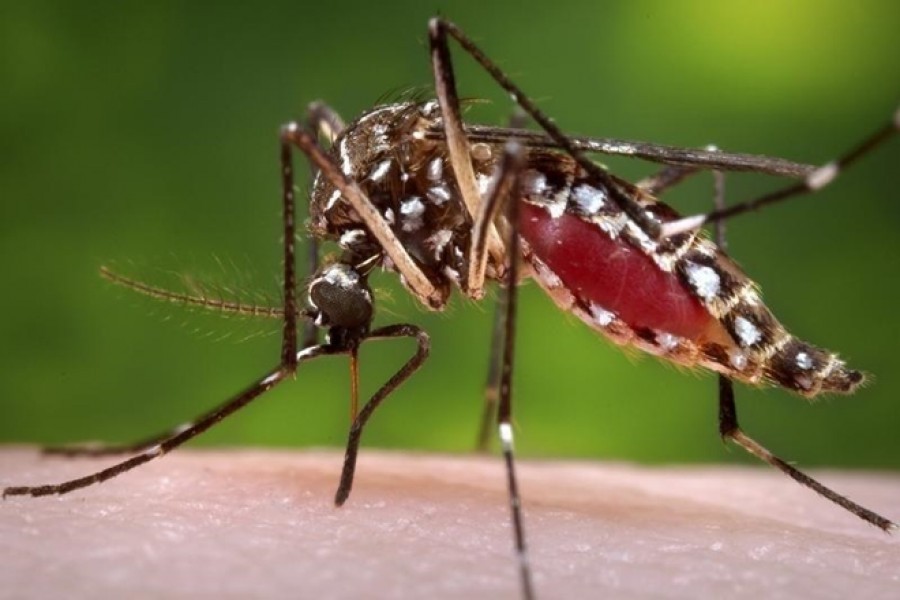The larvae of the Aedes aegypti mosquito have been found in more than 4.5 per cent of houses in Dhaka ahead of the monsoon, according to a survey.
The survey, which began on Mar 25, is being conducted in 98 wards of the two city corporations by the disease control section of the Directorate General of Health Services under a scheme to eradicate malaria and Aedes mosquito-borne diseases.
The authorities are set to inspect as many as 3,000 households across 100 sites in these wards. A team of 21 entomologists have surveyed 2,520 houses and detected the larvae of the Aedes mosquito in 114 spots in the first nine days of the study.
"Our research has been focused on the house index. We will use it to measure the density of mosquitoes," said Prof Nazmul Islam, director of the DGHS' Disease Control Division.
"It will be a matter of concern if the Breteau Index (BI) returns a high score. A high reading on the house index will also raise concerns. This is because many construction projects were put on hold when the coronavirus pandemic started but these have now resumed."
BI, counts the number of positive containers per 100 houses inspected in order to calculate the density of mosquitoes. Meanwhile, the house index indicates the risks presented by mosquitoes by measuring the percentage of houses infested with larvae or pupae.
Prof Kabirul Bashar, the coordinator of the survey, pointed out that the presence of the larvae in dwelling homes has increased from 3.0 per cent in 2021.
"We found slightly more larvae this time than in last year's pre-monsoon survey. The reason may be that people have become a bit less vigilant. They aren't being that cautious.”
Kabirul warned that the density of the larvae will increase further when the rainy season gets underway.
"If the density of the Aedes mosquito increases then the dengue situation could worsen. So, the campaign to control the presence of Aedes mosquitoes should start now," he said.
He also called for greater engagement of city dwellers through different awareness campaigns to combat the threat of dengue.
Once the survey is completed, the researchers will use the geographic information system (GIS) to map the density of Aedes mosquitoes in the city, according to Kabirul. This will be used to flag the areas that are most susceptible to a dengue outbreak and the city corporations will accordingly take steps to eliminate the Aedes mosquitoes there, he said.


